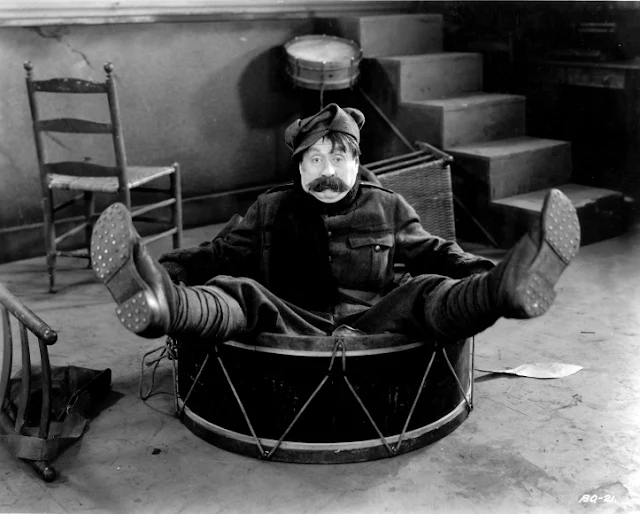 |
| Pâquerette, Antonio Moreno, and Alice Terry in Mare Nostrum |
Ulysses Ferragut: Antonio Moreno
Freya Talberg: Alice Terry
The Triton: Apollon Uni
Don Esteban Ferragut: Álex Nova
Young Ulysses: Kada-Abd-el-Kader
Caragol: Hughie Mack
Doña Cinta: Mademoiselle Kithnou
Esteban: Mickey Brantford
Pepita: Rosita Ramírez
Toni: Frédéric Mariotti
Dr. Fedelmann: Pâquerette
Count Kaledine: Fernand Mailly
Submarine Commander: Andrews Engelmann
Director: Rex Ingram
Screenplay: Willis Goldbeck
Based on a novel by Vicente Blasco Ibáñez
Cinematography: John F. Seitz
Art direction: Ben Carré
Film editing: Grant Whytock
The Spanish novelist Vicente Blasco Ibáñez is known today mostly for the melodramatic novels, many of them family sagas that reflect the early influence of Zola's Naturalist explorations of heredity as destiny, which attracted the attention of Hollywood filmmakers:
Blood and Sand (Fred Niblo, 1922; Rouben Mamoulian, 1941) and
The Four Horsemen of the Apocalypse (Rex Ingram, 1921; Vincente Minnelli, 1962), as well as the ones that were used for Greta Garbo's American debut,
Torrent (Monta Bell, 1926) and
The Temptress (Niblo, 1926).
The Four Horsemen in particular had been such a success, creating the phenomenon of Rudolph Valentino, that it was quite logical for its director, Ingram, to go back to Ibáñez as a source when he launched his European-based production company in 1926.
Mare Nostrum was also a vehicle for Ingram's wife, Alice Terry, who had starred opposite Valentino in
Horsemen. Unfortunately, he had no Valentino at his disposal this time, and Antonio Moreno, who had just starred with Garbo in
The Temptress, is a rather pallid substitute. Still, Ingram had the advantage of being based on the French Riviera, putting some spectacular locations like Marseille, Naples, Paestum, and Pompeii close at hand. The glimpses of these places in
Mare Nostrum during the interim between two World Wars are the most fascinating thing about the film, outweighing the clumsiness of the adaptation, which drags in too much backstory about Ulysses Ferragut's family history and a few too many secondary characters we don't care about as much as we seem to be urged to do. Terry makes the most of her role as the
femme fatale, and there's a great campy bit by the actress known as Pâquerette as the large but sinister German villain.


